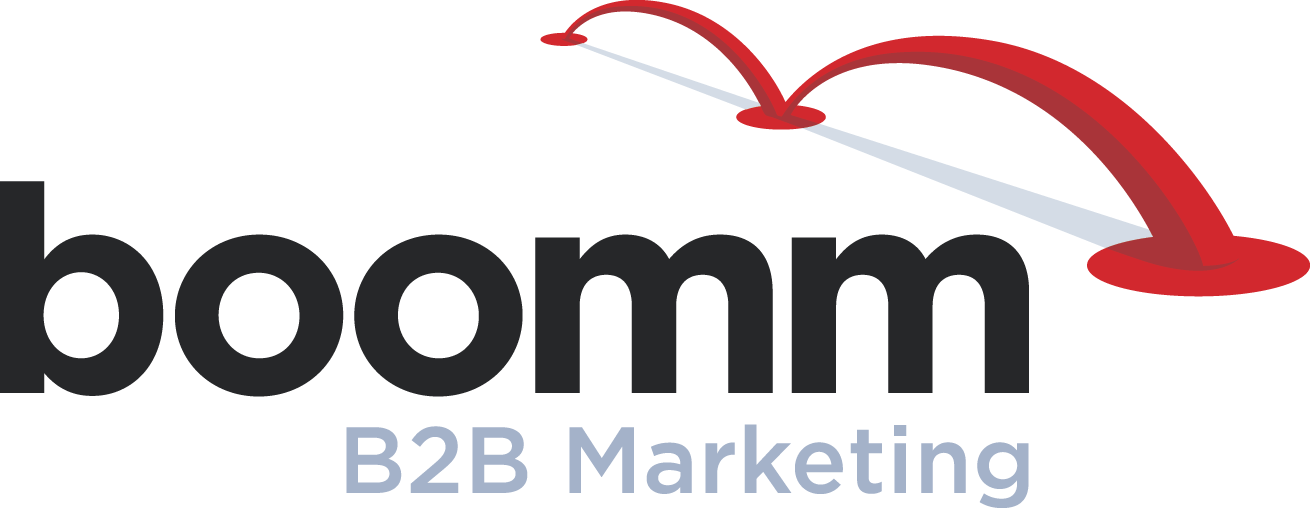B-to-B Website Redesign: How to Create an Inbound Marketing Machine
 Every now and then, your website needs a refresh. There are many good reasons for a website redesign, whether it’s a rebranding, moving onto a new Content Management System, the site is getting lackluster results or it looks like it was built in 1999 (eek).
Every now and then, your website needs a refresh. There are many good reasons for a website redesign, whether it’s a rebranding, moving onto a new Content Management System, the site is getting lackluster results or it looks like it was built in 1999 (eek).
Eventually, there comes a time when you’ve made all of the revisions and quick-fixes possible to your current site. That’s when you need a bigger change. A radical redesign is a great way to transform your tired old website into a beautiful new butterfly.
A b-to-b website redesign can be a huge success – or fail terribly. After all, it’s a long and tedious process. That’s why having a website redesign checklist can make your job a whole lot easier. While many detailed and tactical checklists are available online, the one thing commonly overlooked – that can make or break your redesign – is how the redesign will support (and improve) your overall marketing efforts.
Your website isn’t a silo. And it’s not just about design. Your website affects your social media, email marketing, lead generation, brand awareness and sales strategies. Redesigning your website into an inbound marketing machine for long-term success requires 10 key steps, including determining your goals.
Determining Your B-to-B Website Redesign Goals If you’re considering a redesign, there needs to be a good reason for it. Many times we hear “just because it’s been a while since we’ve done one,” or “I want our business to look bigger.” These are not good reasons for a redesign. It’s not just about how your site looks, but how it works. Be really clear about why you’re doing the redesign in the first place and tie it to measurable results. Then communicate your goals to your team, designer or agency. Consider the following objectives for your own website:
- Number of visits/visitors
- Number of new leads/form submissions
- Bounce rate
- Total amount of sales generated
- Time on site
- Current SEO rankings for important keywords
- Domain authority
Many of these goals are dependent on each other. For example, in order to get more conversions, you need to increase traffic while decreasing the bounce rate, so it’s common to have many of these objectives. Some goals may be more important than others for your business. Once you determine this list, tie those goals to a specific success metric (i.e., “increase site traffic by 50% in the next six months”).
To learn about the other 9 steps for an effective b-to-b website redesign, download our free ebook.



